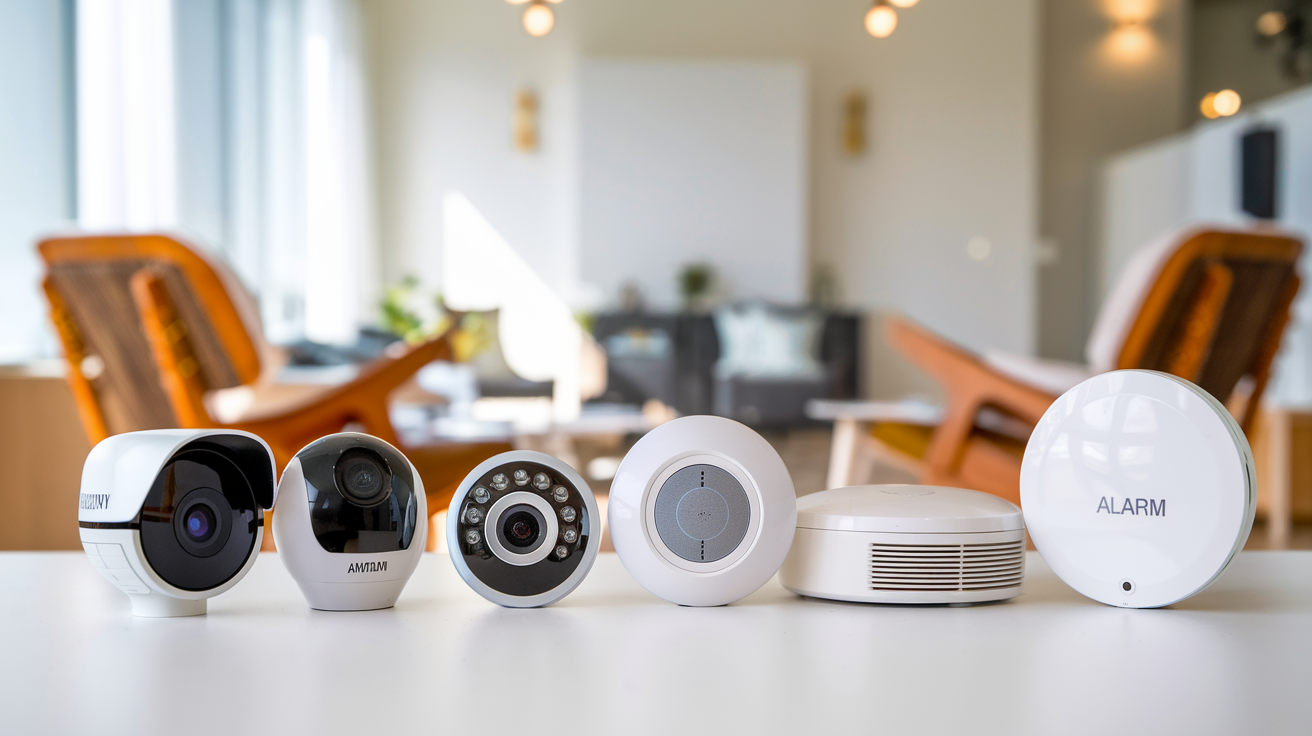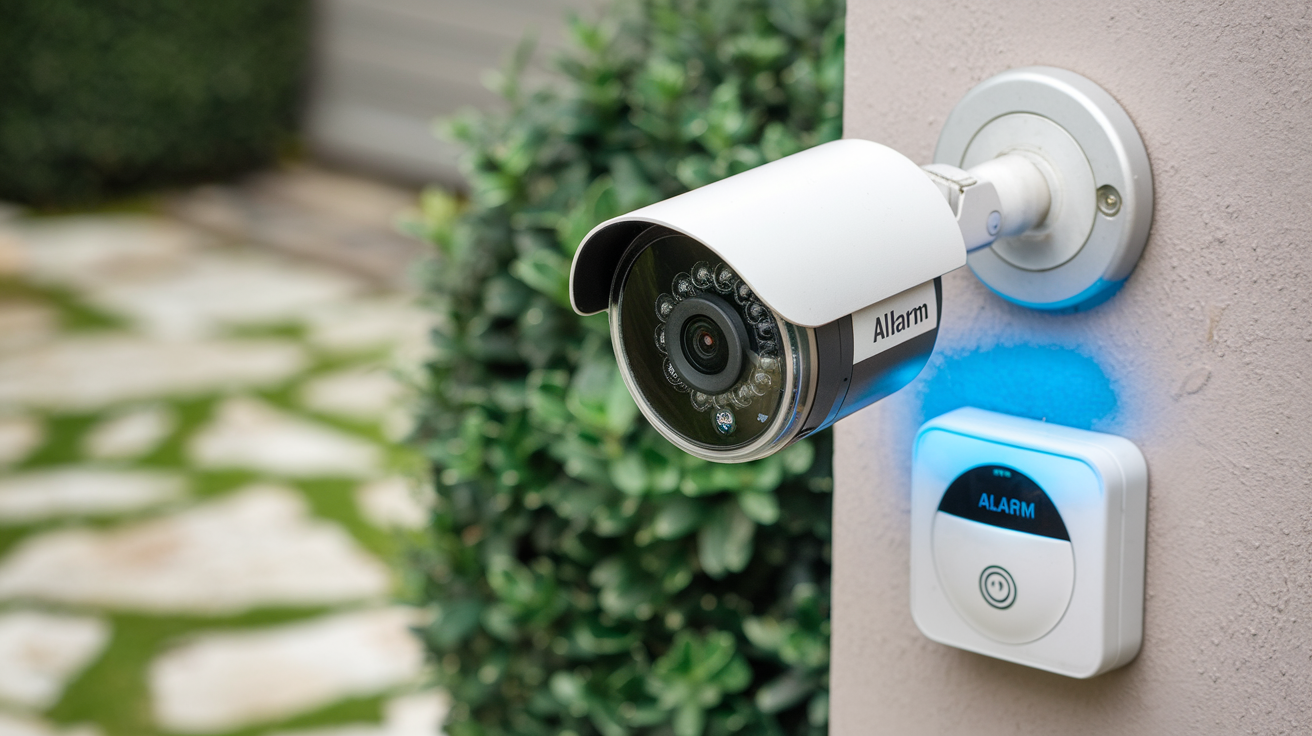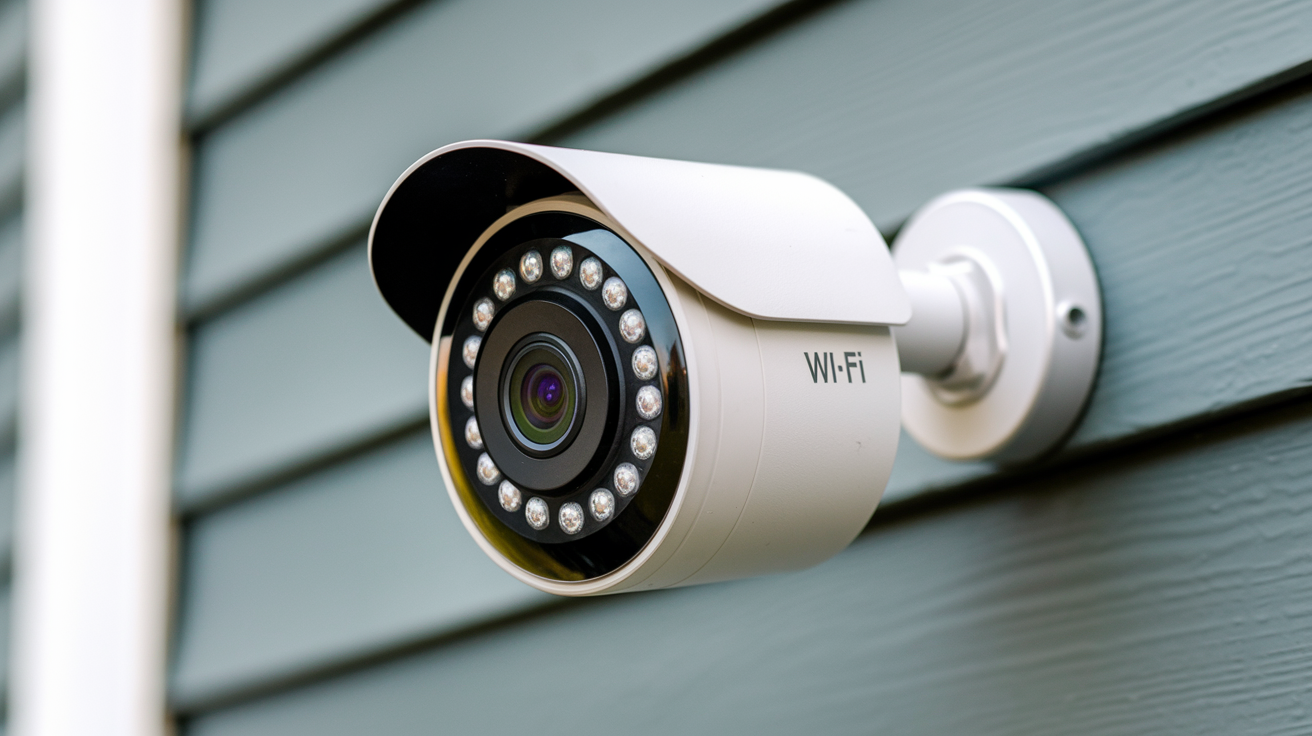A smart home is a house that has home appliances, lights, heating and cooling, television sets, computers, music and video equipment, a Home Security System, and cameras that can work with each other and can be operated at any time from any room in the home and from any part of the world by phone or internet. Introducing smart technologies in your house can improve the comfort, ease, and security in the house. The following are some guidelines on how to transform the regular house into an intelligent and connected smart home.
It’s even recommended that you get a Smart Hub or a Controller.
A smart home is governed by a smart hub or controller, as the name suggests. This links all the smart devices and allows interaction among them. Smart hubs can be Samsung SmartThings, Amazon Echo, Google Home, Apple HomePod, Logitech Harmony, Vera, Wink, etc. Before purchasing the smart hub, read the reviews of the product and decide if the smart hub will be compatible with the gadgets and systems you want to integrate into your home. Think whether you will be interested in using voice commands in the present or the future.
Install Smart Lighting
Swapping your basic light switches and bulbs with smart lighting breaks permits you to turn lights on and off using your smartphone, programmatically turn on/off the lights based on the timetable, and link smart lighting with other devices in the house. Select direct interfaces such as smart bulbs like Philips HUE or smart switches like Lutron Caseta. Tune your lighting schedules and controls through the smart hub application. Smart lighting also supports voice control, geo-fencing control when not at home, integration of lighting with door locks/alarms when away from home, etc.
Get Smart Thermostats
Switching to a smart thermostat like Nest, Ecobee, Honeywell Home, and Emerson Sensi, for your regular home thermostat can go a long way in cutting costs on energy bills. Smart thermostats learn your routine temperature preferences and set the optimal temperature according to your activities, the highest when you are in the house and the lowest when you are absent. The thermostats include WiFi capabilities so you can adjust the temperature through the use of your smartphone. They can be programmed to switch off if doors/windows are opened, operate in synchrony with smart lighting and motion sensors, and be voice-enabled.
Smart Plugs and Switches should be adopted.
Smart plugs such as TP-Link Kasa or smart light switches like Lutron Caséta enable you to control any appliance and electronics using your smartphone regardless of your presence at home or not. This enables you to switch items on/off even if they did not have smart or WiFi at first. Another area that can be optimized for energy saving is standby power with the help of smart plugs. Connect smart plugs to smart speakers so that you can control the devices through voice commands. It is advisable to integrate smart plugs into schedules and other compatible smart home devices or systems.
Install Smart Door Locks
The following smart locks enable entry with no physical keys; August Home and Schlage Encode. Smart locks allow you to open the door using WiFi or Bluetooth for temporary use by family members, friends, guests, and service providers even when the owner is not around. Control and secure doors by using Mobile devices. Digital keys also make it easy to secure substitute teachers, dog-sitters, cleaners, contractors, maintenance workers, Airbnb guests, etc. Smart locks can be hooked up with other smart home gadgets to alert you when doors or windows are opened or when movement is sensed when there is no one at home.
Connect Smart Cameras/Video Doorbells
Installing smart security cameras both indoors and outdoors such as Nest Cam or video doorbells such as Ring provides you with motion detection alerts and allows you to monitor anyone at your door or anywhere within your premises when you are away. Receive notifications and recordings when your packages and guests arrive, and also use the intercom to open the door using your smartphone. Sensors connect perfectly well to your intelligent surveillance and control system. Cameras, sensors, and alarms can turn on lights, record video, or sound alarms when intruders, fire, floods, etc are detected whether people are home or away.
Use Smart Smoke/Monoxide Detectors
Keep your home and family safe by replacing basic alarms with smart devices such as Nest Protect smoke and Carbon monoxide alarms. Smart detectors can check their status and history via the internet and can also send a text message to your mobile if the alarm is triggered when you are not at home. Use these detectors in combination with your smart lighting, locks, thermostats, and camera for added security and convenience. For instance, in the event of a fire, smart home integrations can unlock doors, switch on all lights, flash which can guide a blind person, send alerts to the phone, sound an external alarm, start recording videos, call emergency services, etc.
Connect Smart Appliances
Upgrade old appliances to smart ones that have WiFi capabilities for controlling the appliances remotely. These can even be upgraded with smart outlets/plugs if you do not wish to buy new appliances. Other examples of smart home appliances include refrigerators, coffee machines, ranges, dishwashers, microwaves, etc can be controlled remotely for on/off for convenience and energy conservation purposes. Receive notifications when doors are open or when filters require replacement. Other home appliance options with smart integration are smart washing machines or dryers, vacuum cleaners, ACs, fans, and portable ACs/heaters. Voice command and mobile notifications provide supervision and management regardless of the users’ location – at home or away.
Purchase and set up a smart home hub.
Adding an intelligent hub to your smart home allows you to voice control your entire residence, automate, and even monitor your home remotely. In the market, there are a ton of smart products in different brands all with their dedicated mobile apps that are not integrated. A smart home hub is an interface that manages all the smart devices and systems in the home such as lighting, temperature, security, appliances, entertainment devices, doorbells, cameras, irrigation systems, and so on. Services like Amazon Alexa and Google Home allow AI assistants in a simple smart house setting.
This is because as more systems and devices in your home get smart home enabled, the experience is almost like having an intelligent personal assistant. Your house can have the capability of running automatic schedules, routines, and trigger reactions that are designed in such a way that they are most effective, comfortable, convenient, and economical. When you have all these smart technologies that allow mobile control and integration of home automation systems in your home, then you can say you have an intelligent house. Invest some time to study different smart home products to find out what options offer the options necessary for your family's way of life and begin to turn your house into a smart home of the future. The integration is smooth and the advantages in place make it all worthwhile. Smart homes save energy, improve security, and allow complete control and functionality of a home, personalized to the family’s lifestyle.
Protect your home today with ADT’s top-rated security solutions!
Call now at +1 877-470-7879 to get a free consultation and find out how you can secure your home with the best in the business. Don’t wait—ensure your peace of mind with ADT!





